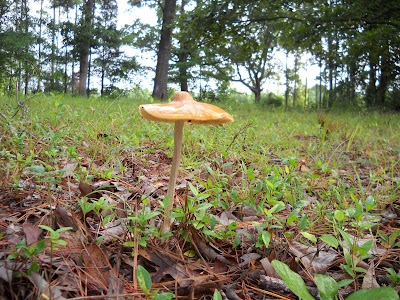I received this in an email from a writing group and enjoyed it so much that I wanted to share it.
Final Interlude
A Wish from the Winter Queen
Jane Yolen
As I walk into the winter of my days, I am often too warm. My thoughts come easily, my nouns do not. I remember old songs and forget the names of friends. I have enough money to buy a castle in Scotland but not the knees to mount the stone stairs.
Aging is oppositional. The soul reaches for higher things as the rest of the body succumbs to gravity. This is not what they mean by gravitas, but I guess I am stuck with it.
What I do have, though, is time. Not enough to write all the books I want to write, nor read all the books that accumulate on my shelves, on my tables, on my floors. But time enough to sit in the garden and watch the magpies fight the gulls for the moldy bread I have just tossed them. I suspect there's a meaning there, some metaphor about winter, but I cannot quite grasp it.
In Scotland, a nursing home is called an Eventide House. That appellation is so much more appealing, for "evening tide" is how I am feeling these days. The waves of the past wash over me, reminding me of rougher earlier seas, when I had three children in quick succession and book writing was something I did between diaper changes. Or perhaps it is "the even time of life," and that, too, has its points. The seesaw has stopped going up and down, the heart beats at a slower pace, the eyes have time to rest on beloved objects. I am what I am, and at peace with it.
I think of so many women before me, dead in childbirth, worn out by housework, farm work, undernourished in both body and mind. Had I lived in all those romantic times, I would not have been a Winter Queen, but perhaps a merchant's wife, keys clanking at my side, till the first miscarriage undid me with blood loss. Or the child I carried to term turned upside down and killed me. That I did not die of either of these, or the lack of thyroid, or the burst appendix or the tubular pregnancy of my later years, is a miracle of modern medicine. That I can publish my writing, vote, keep my own money, run a book imprint, teach in college while married, and on and on, simply marks me as a late twentieth-century, early twenty-first-century woman.
If I had another life to live, I'd run for high office. Or learn to paint. Or take acting lessons. Or learn astronomy, archeology, and anthropology. But I chose writing early, as well as poetry and music. Enough for this lifetime, enough to take me into the winter with plenty to do.
So here's a wish from the Winter Queen for all of you: May you choose well those things to carry you into the even tide of your own lives. Make a raft of those choices, a raft that will slip easily through the stormy seas, where the waves are wild and bright with foam. And may you come at last, as I have, to safe harbor and a welcoming shore with many books to hand, those you have written and those you hope to have time still to read.
















